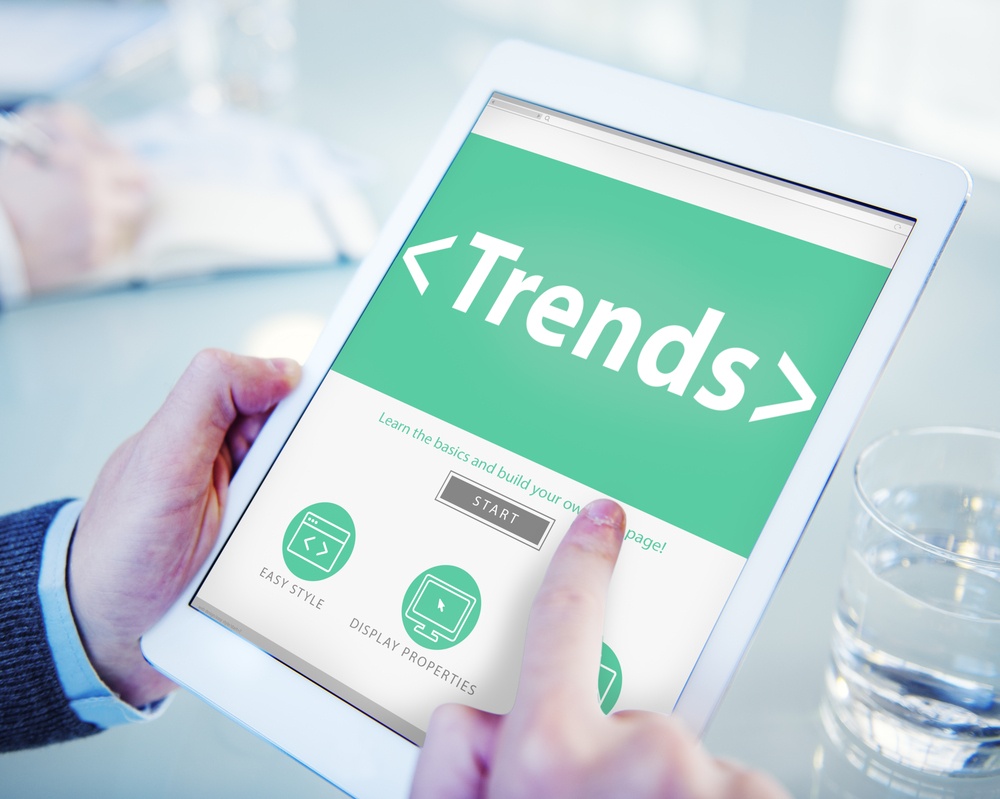Apple Watch For Learning?
I admit it. I see no future for the Apple Watch in the Learning and Development industry. [Pause for resounding gasps] Maybe I’m dense, or maybe I just don’t get it. I’m sure my peers and colleagues will tell me all about how it will be so amazing and game-changing for our industry. I may even get pelted with rocks or tomatoes when some of my Apple-fanatic peers next see me. (Please don’t do that. Maybe we can arm wrestle instead?)
While I have never been what marketers and economists call an “early adopter”, I am especially resistant to smart watches. Hang tight. Let me explain.
Remember when we replaced watches with cell phones? It’s strange to think Apple and its competitors have re-created the need for a watch... a watch designed to replace your cell phone. Mind. Warped.
Full disclosure: I was also vehemently resistant to iPhones for a long time. Why? As an Instructional Designer, I hated that Apple devices were not compatible with the Flash courses that I was working so hard to design. Yes, back in 2008, I could not understand why Flash would ever be a thing of the past, and I hated this Steve Jobs character for being so rigid and dictatorial about not having Flash-compatible devices. And, no, I cannot believe I am admitting any of that. But here we are in 2015 and Flash is [mostly] in our rearview mirrors... and I now own an iPhone and am as big a fan of Steve Jobs as most people.
In all seriousness, I’m genuinely curious to see how this technology evolves, and how it may cause debate among us. And, as usual, I will look forward to those healthy discussions; I think they are necessary.
Let’s look at a timeline of events related to technology and training delivery:
- Phones become “smart,” allowing us to access the Internet from anywhere.
- Training goes mobile... on phones.
- Tablets make their wave in technology.
- Training goes mobile...on tablets.
See a trend? Learning design and training modality have this way of following technology, and technology has this way of influencing what we do and how we do it as designers. But is that the right course of events?
Now that the Apple Watch has made its debut, are we going to be scrambling to figure out how and where we can implement training on it? Please say no. This is not the way this should work. As Clare Dygert and I noted in our presentation at mLearnCon in July, the technology should support the learning; it should not define it. The focus should be on mobile learning, not on mobile delivery.
We shouldn’t be saying, “The Apple Watch is here... how can we leverage it for training?” That’s putting the cart before the horse.
I’m sure there are great uses for the Apple Watch (or that there will be), but let’s not design around the technology - especially not a first iteration of said technology. Let the learning requirements and business goals define the delivery modality. If you need a model for doing so, I suggest the model below, which my SweetRush colleague Clare Dygert and I presented at mLearnCon.
The three layers model is designed to help make informed decisions about whether technology (mobile or otherwise) is an appropriate solution, when, and how.

In the three layers model, the learning layer is what will make the learner successful. The business layer is what will help us achieve the business objectives. The technology layer is the last layer; it should influence design and deployment, not dictate it. Rather than start with the technology, work your way toward it intelligently by examining the other layers first.
You can learn more about this model in our taxonomy for mobile learning consulting.
In the meantime, I will look forward to seeing how the Apple Watch comes to play in our industry. Who knows, maybe someday I’ll be writing an article about how I resisted the Apple Watch just as I did the iPhone.
Many of my colleagues tried to sell me on iPhones many years ago. Now, friends, tell me what will be so great about the Apple Watch, and for training and development in particular?








